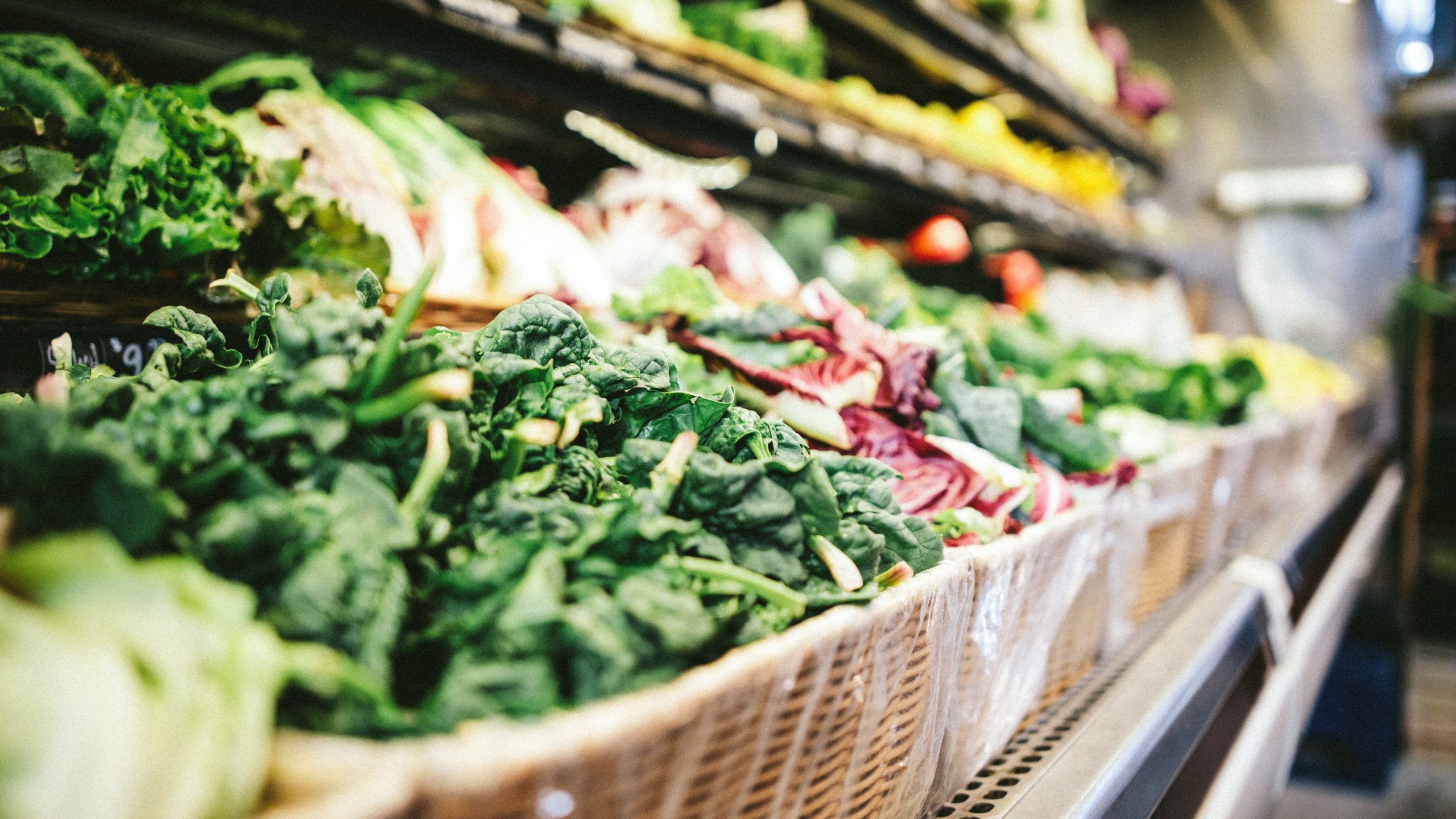Food waste is a serious problem in the United States, with about 42 billion pounds of food waste created every year in people’s homes. In 2015, the US Department of Agriculture and the US Environmental Protection Agency joined together to set a goal to reduce the nation’s food waste by 50 percent by 2030. While we don’t have control over what happens outside our homes, we can work on reducing our own personal food waste.
Ask for smaller portions
At University dining halls, students are often served by dining workers who scoop out standard sizes of food. If you don’t have a big appetite while you’re there, you can ask the workers to scoop out smaller portions for you so you don’t end up throwing away leftover food on your plate.
When eating out, take a look to see if there are different size options available and the kids menu. Sometimes there will be smaller portions offered or the kids meal could actually be the perfect size.
Take leftovers home
Students can also purchase a reusable clamshell to put leftover food in or take food to go. Watch this short video from Dining Team Green on how it works. The clamshell costs $5 and can be used until you graduate.
You can also bring your own reusable to-go containers with you to restaurants instead of using one that is often made of styrofoam.
Store food properly
Once you’ve either taken food home from a restaurant or bought it at a grocery store, it’s essential to store the food properly so it can last long enough for you to have time to eat it.
Check out one of our Sustainability Tips of the Week on proper bread storage. Other foods that go bad quickly are fruits and vegetables. This article advises leaving fruit in its original container and storing it in the crisper of your fridge and if you can’t eat the fruit fast enough, try freezing it where it can stay for up to a year. This article covers similar tips for vegetables. A product called the Veggie Saver claims to extend the life of your produce through a balance of oxygen and hydration.
Sometimes you only use part of a fruit or vegetable, such as eating half an avocado, cutting up a lemon or lime, or dicing half a tomato. Instead of using single use plastic saran wrap, consider investing in a set of Food Huggers, which are made of food grade silicon and are meant to keep the remaining item fresh. They offer generic circular ones, along with specialty designs for avocados and blocks of cheese.
Try composting
While composting doesn’t mean you are truly wasting less food, it allows you to put your food waste to a better use than sitting in a landfill where it will decompose and release methane, a very potent greenhouse gas. If you have the ability and willingness to have your own compost bin, here is a helpful article to get you started.
There is also a composting service in Rochester through Impact Earth where you can have a compost bin picked up from your home regularly or you can go in and drop it off when it’s full.
Did you find any of these tips helpful? And do you have any of your own suggestions to share? Let us know in the comments. Reducing our personal food waste can be a challenging so it’s nice to start small with a few changes.
Written by Sarah Woodams ‘24(T5)
Photo by Scott Warman on Unsplash

